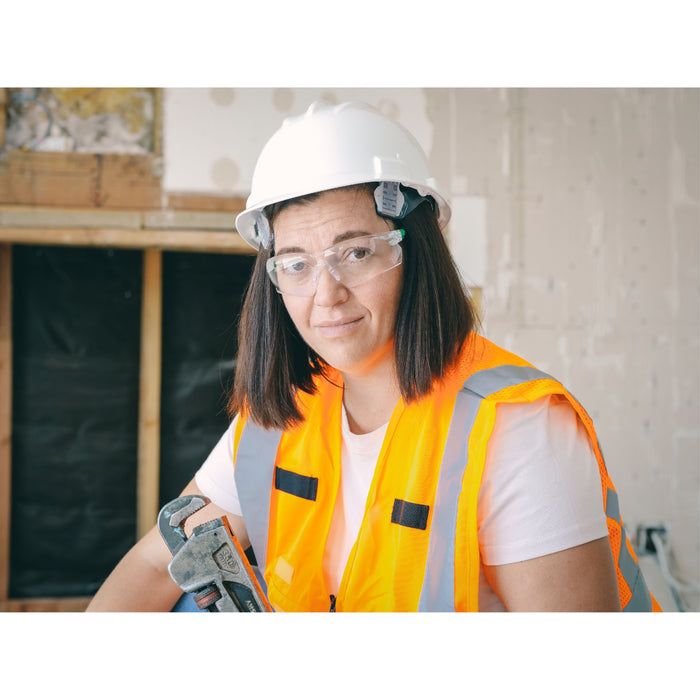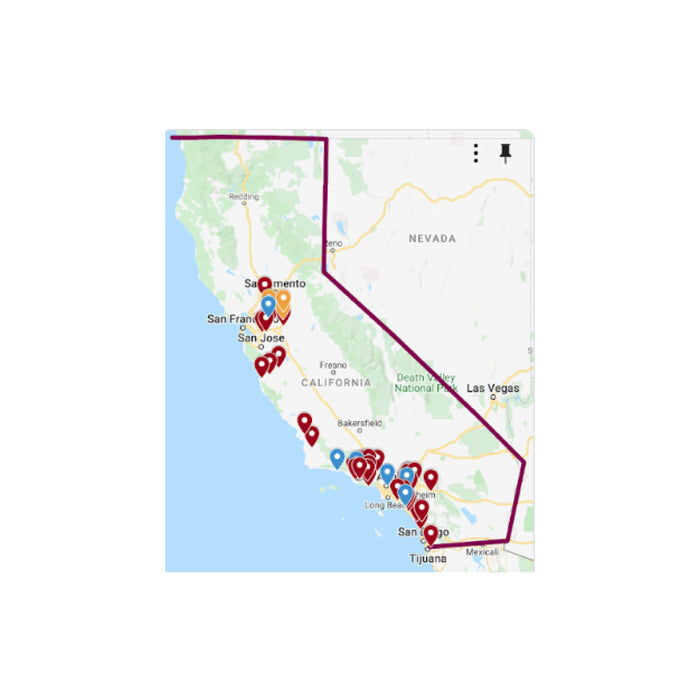Comparing two ways to soften water, ion bond and ion exchange
There is a lot of discussion and debate in the industry and marketplace about the best way to treat hard water. To further discuss two effective ways to soften water we first need to understand what hardness is.
Hard water is described as water that is hard to wash with and has a high concentration of dissolved calcium & magnesium minerals (hard water minerals). Hard water minerals can leave deposits, hard scale and more commonly: soap scum, white spots, itchy skin, dingy clothes, spotted dishes, etc. See full Water Quality Association definition of hard water.
It is also important to note dissolved hardness minerals are positively charged ions. It is because they are ions we can treat them to create soft water.
So how do you treat hardness?
The answer is simple, fix it with a water softener. The hard part is knowing which of the different technologies is best for you. Below we compare two softening technologies: ion bond vs ion exchange.
Let’s break it down. The two softening methods we will introduce are Ion bond and ion exchange. These are highly effective treatments for hard water and are similar in that both use the fact hardness minerals dissolved in water are positively charged ions. Let’s briefly introduce how these two methods use ion behavior very differently.
Ion Exchange Softening
The more familiar method to treat hard water is an ion exchange process, more commonly called a salt softener. A salt softener uses negatively charged resin beads to exchange salt for positively charged hard water minerals.
The capacity of resin beads to collect minerals is limited so they must be periodically recharged during what is called a regeneration process. During the brine cycle of the regeneration process collected hardness minerals are replaced with salt by exposing them to high concentrations of salt brine. This prepares the resin beads to continue ion exchange softening. This ion exchange regeneration cycle goes on for years with each residential softener consuming 100’s of thousands of gallons of fresh water and produces tons of salt waste that ends up in our environment over the 15 – 20 year life cycle of a salt softener.
Ion Bond Softening
Less familiar is making the water soft by controlling the behavior of the hardness minerals. One way to control mineral behavior is to bond the mineral with another ion to form a new complex. The minerals are no longer ions and do not exhibit the same behaviors as in their ionic state.
When minerals are bonded in the new complex they have new behaviors, they . This is known as Ion Bond softening. Ion bond softening prevents minerals from behaving hard without removing them from the water. Since minerals no longer exhibit the characteristics of hard water the water is has been softened.
One such ion bonding material approved for drinking water is PolyHalt®. PolyHalt® attracts and binds with hard water minerals forming a new and very stable PolyHalt®/mineral complex. PolyHalt® ion bonding prevents hardness minerals from further reaction or behaving as they normally would without treatment making the water behave soft.
What’s the Difference?
Though both are ion based water softeners they are very different. Compared to salt-based ion exchange PolyHalt® ion bond softeners are smaller size to fit more places, easier to install, require little maintenance, don’t require salt, use no electricity, produce zero wastewater, don’t make the water feel slippery / slimy and are environmentally friendly.
Good To Know:
What is Integrated Cartridge Solutions
[1] The Drinking Water Dictionary. American Water Works Association, 2000, Page 472









